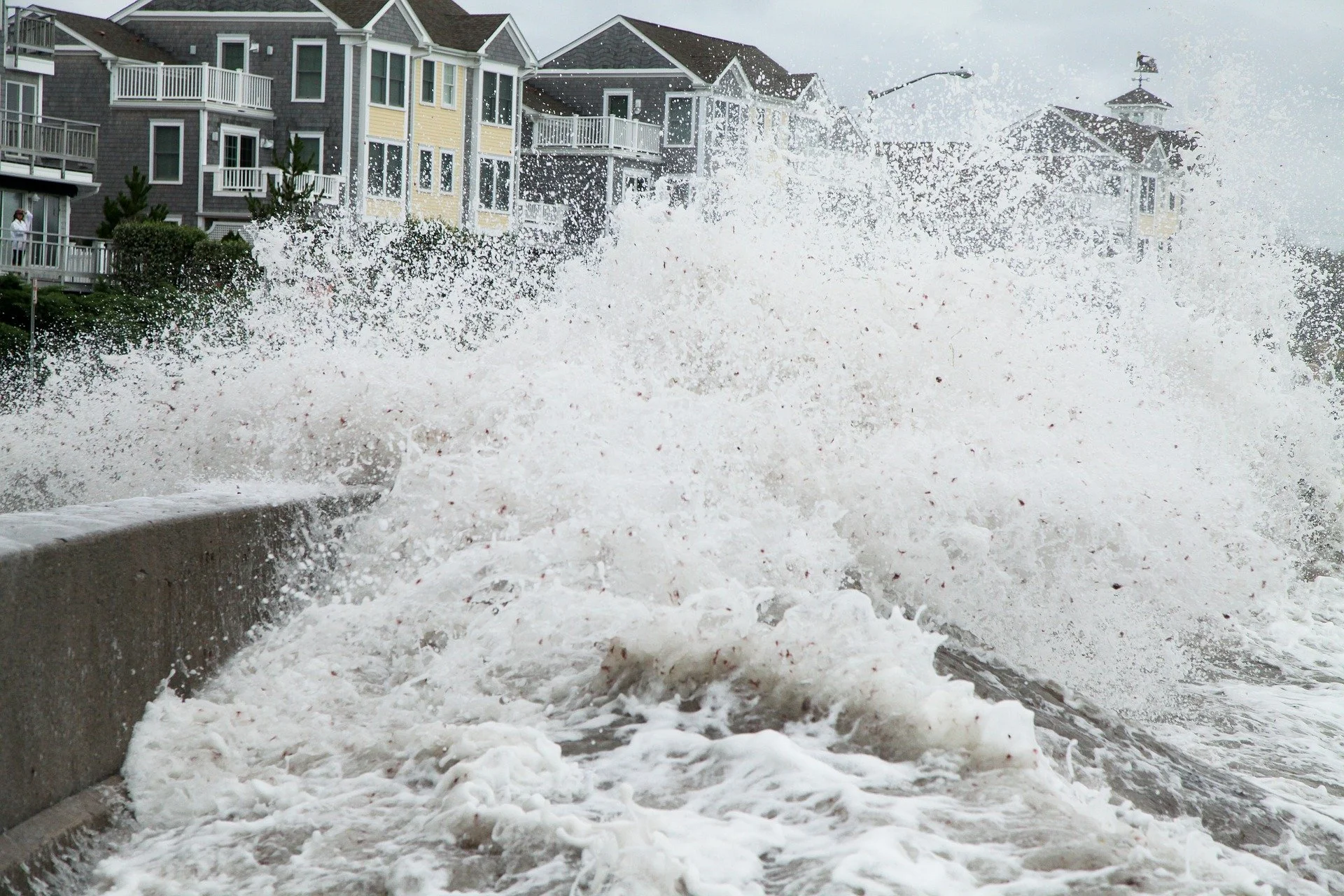Beware Aotearoa’s rising sea over coming decades
Te Whanganui-a-Tara - Sea levels will rise 30cm around New Zealand by 2050 and threaten coastal properties and infrastructure in low-lying areas, the government's environment watchdog says.
The parliamentary commissioner for the environment says rising oceans caused by a warming atmosphere will have a significant impact on many New Zealanders within their lifetimes.
The commissioner looked at around 200 years of scientific study of sea levels for the peer-reviewed report.
Three factors were causing ocean levels to rise including seawater expanding as it became warmer, retreating glaciers, and shrinking ice sheets in Greenland and Antarctica.
The report says sea levels around the world have risen 20cm in the last 100 years.
Drawing on research from the Intergovernmental Panel on Climate Change (IPCC), commissioner Jan Wright warned of a further rise of 20cm to 40cm by 2050 and New Zealand has to adapt.
A rise of 30cm may not sound like much, but its impact will be very costly for many landowners.
The impacts of a rise in sea level were most evident during storm surges, when wind and waves piled up water against the coast.
The commissioner said a storm surge in downtown Auckland in January 2011, which flooded roads, homes and shops, was worse than a similar size storm in 1936 because the sea level was 11cm higher.
Sea-level rise affects coastal communities, homes, infrastructure, coastal habitats, and biodiversity, including taonga species. Communities including marae and infrastructure including urupā are directly impacted by rising sea levels through increased risks of flooding and erosion.
Future climate change projections indicate that sea levels will continue to rise, which will increase the exposure and frequency that coastal communities, infrastructure, coastal habitats, and biodiversity are impacted.
Estuaries, coastal wetlands, and the coastal margins Kiwis inhabit are at risk of being lost through coastal erosion or flooding if they cannot retreat due to arable, built, or unsuitable land on their landward edge.
Drainage of gravity-fed stormwater systems in low-lying areas will be increasingly difficult as flooding, wave overtopping, and groundwater levels increase. Underground freshwater aquifers are at risk of contamination from saltwater intrusion.
Valued domestic and cultural infrastructure including marae and urupā on exposed, erosion-prone lands in low-lying coastal areas are also vulnerable to sea-level rise.
For Maori, displacement of whānau, hapū and iwi from coastal areas will likely affect the ability to engage in customary practice, mahinga kai, or traditional food resources, kaitiakitanga (responsibility to nurture the life essence of taonga) obligations, and ahikāroa (continuous occupation), with implications for Māori identity, social cohesion, and wellbeing.
Rising ocean sea level is being primarily driven by global climate change impacts, such as the thermal expansion of the ocean and melting of glaciers and ice sheets.
Vertical uplift or subsidence from tectonic or sedimentary-basin processes are also particularly important in some locations such as Wellington.















Lisa was born in Auckland at the start of the 1970s, living in a small campsite community on the North Shore called Browns Bay. She spent a significant part of her life with her grandparents, often hanging out at the beaches. Lisa has many happy memories from those days at Browns Bay beach, where fish were plentiful on the point and the ocean was rich in seaweed. She played in the water for hours, going home totally “sun-kissed.” “An adorable time to grow up,” Lisa tells me.
Lisa enjoyed many sports; she was a keen tennis player and netballer, playing in the top teams for her age right up until the family moved to Wellington. Lisa was fifteen years old, which unfortunately marked the end of her sporting career. Local teams were well established in Wellington, and her attention was drawn elsewhere.